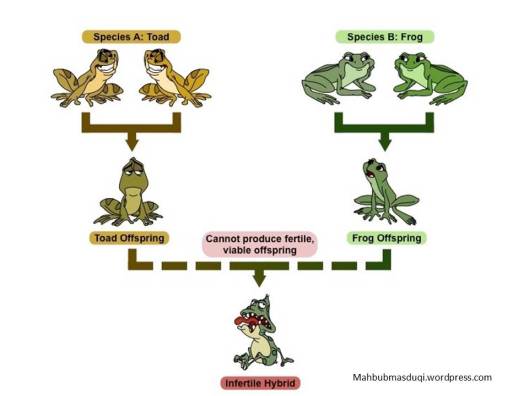Bismillahiroohmaanirrohiim
Features of plants
Today inshaAllah we together are going to learn about plants. Plant is a kingdom of 5 kingdoms. we can classify the living organisms into plant because the they have some features. the features are as follows:
- they can make own food by the process of photosynthesis (autotroph)
- have definite nucleus (chromosomes are enclosed by nucleus membrane)
- Have chlorophyll
- have cell wall in from of cellulose
examples: Banana (Musa paradisiaca), mango (Mangifera indica), cassava (Manihot utilissima) etc.
they all three belong to plant kingdom. they have chlorophyll shown by green color at their leaves so they can photosynthesize. they have cell wall and definite nucleus by which we observe their cell under microscope.
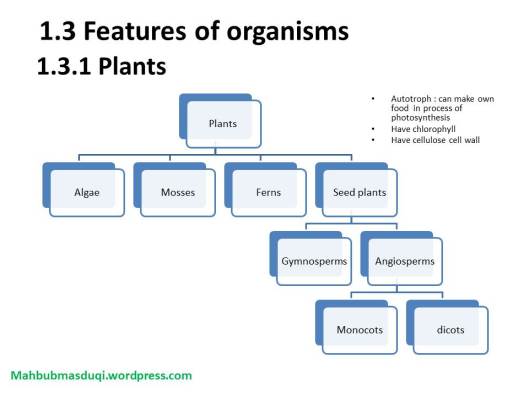
classification of plants
referred from Complete Biology for Cambridge IGCSE, the Plant Kingdom may be divided into four main groups (phyla): algae, mosses, ferns and seed plants.
Algae
in common we know 2 groups algae due to the number of cell. algae with 1 cell (unicellular) we classify them into protoctistan. while algae with many cells (multicellular) like sea weed is the real algae that belongs to plant kingdom.
examples: Volvox (protist), sea weed (algae) and sea grapes (algae)
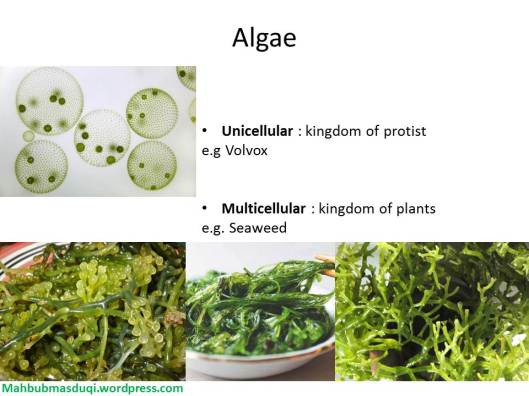
Mosses and Ferns
have you ever seen mosses and ferns? what did they like?
if you have ever seen them you can see that ferns are taller than mosses. it’s caused by ferns have true organ (root, stem, leaves) and veins while mosses don’t have.
They both also have some similar features. the features are:
- They produce spores (you can learn more at meta-genesis of mosses and ferns)
- They grow in damp, shady places.
- The gametes must swim through a film of moisture to reach the site of fertilization
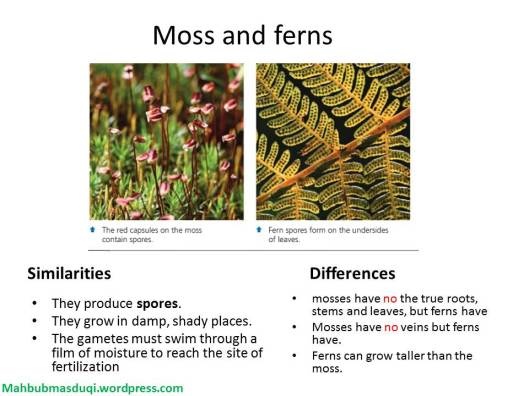
Gymnosperms and Angiosperms
you must be thinking a lot what these words mean. gymno means naked, angio means enclosed by, while sperm means seed.
so we can say that gymnosperm is a group of plant that has naked seed, or its seed is not enclosed by fruit. some plants that belong to this group are pine (conifer) and gnetum. in other hand, angiosperm is group of plant which the seeds are enclosed by fruit. examples : mango, avocado, and rice.
the other feature that differentiate them is angiosperms have flower for reproduction, but gymnosperms don’t. how can gymnosperms produce seed? they have the certain structure like-flower but it’s not flower, called strobilus.
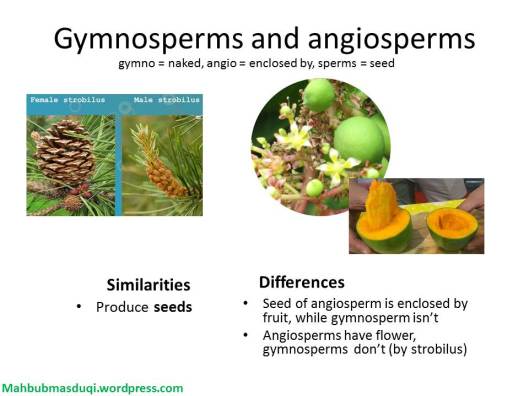
Monocotyledon and dicotyledon
monocotyledon (we commonly call monocot) and dicotyledon (dicot) are groups of plant that produce seed from flower (belong to angiosperm). as their name, we can know the feature that differentiate between the both.
Mono means 1, Di means 2 and cotyledon is a embryonic leaf. so monocot means plant that produce flower, seed, where the seed has 1 cotyledon. while dicot has 2 cotyledon.
to know more about cotyledon you can find a peanut or bean seed. you will see there are 2 part separated by line. and we easily divide into 2 part. each part that we divide is a cotyledon. so peanut and bean have 2 parts (2 cotyledons) that’s why they both belong to dicotyledon. while for example of monocot you can find corn seed. because corn seed has only 1 part (1 cotyledon).
not only from number of cotyledon, we can differentiate both from other features. the features are :
- number of cotyledon
- number of petal
- leaf veins
- structure/arrangement of xylem and phloem at stem and root
- presence of branch
- presence of cambium
- how the seed germinate
- etc
that’s from me. hopefully it can benefit us. if there are some words incorrect or not grammatically appropriate please inform me.

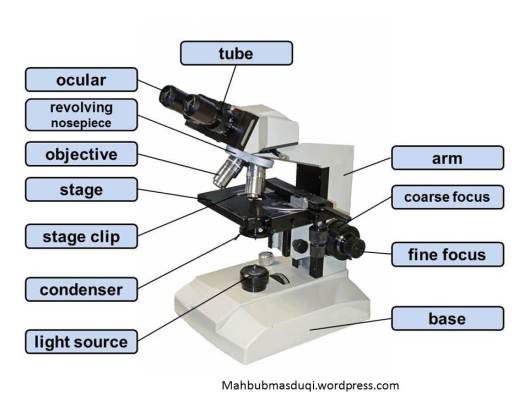






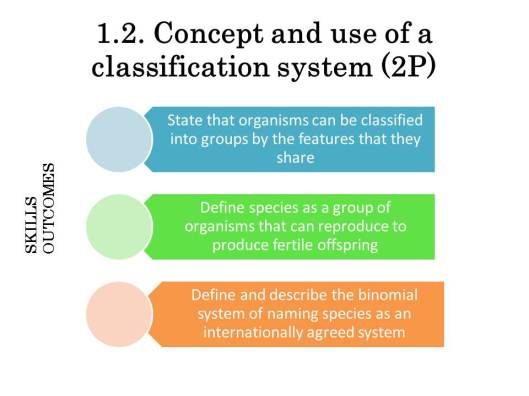
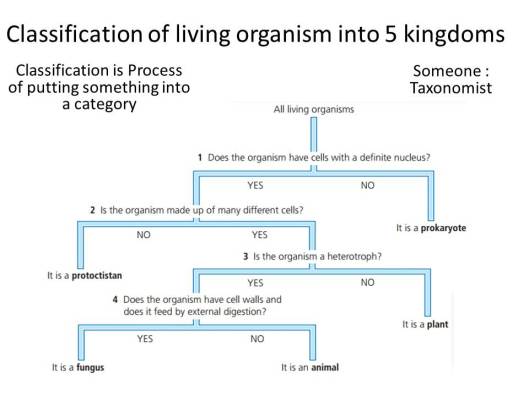
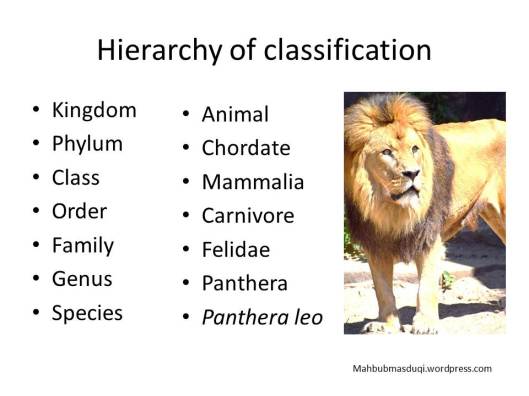 Characteristics of species
Characteristics of species